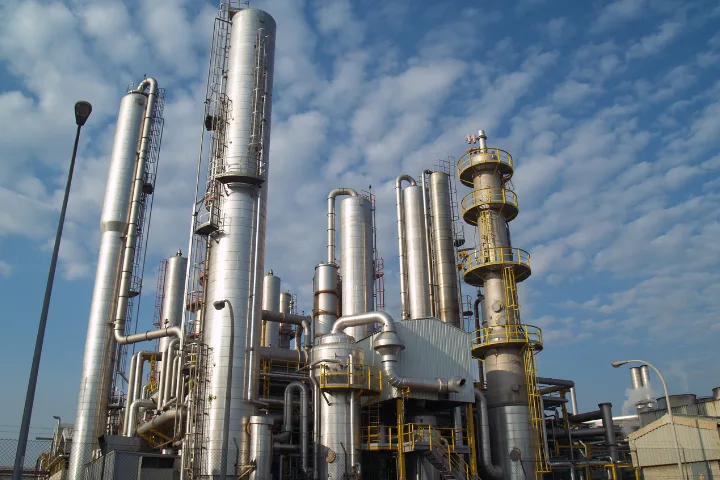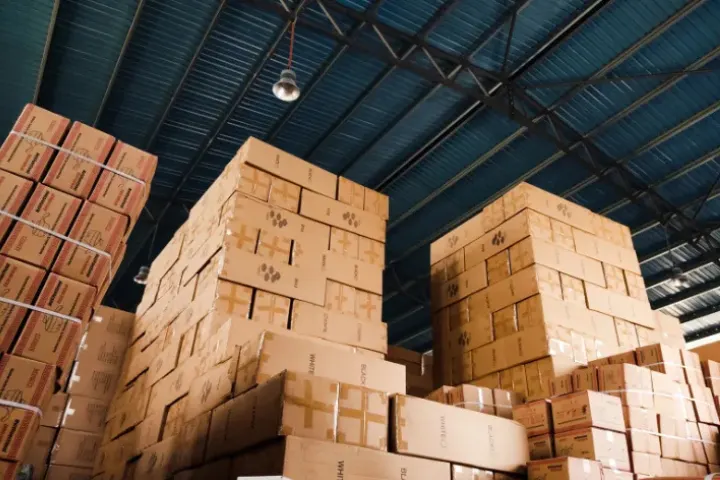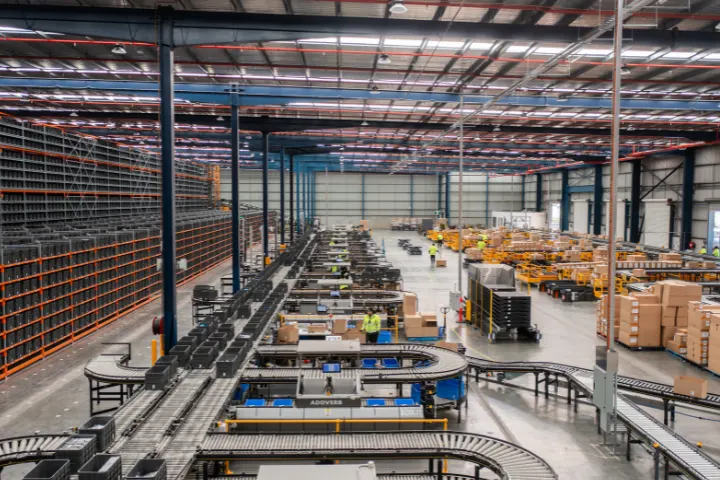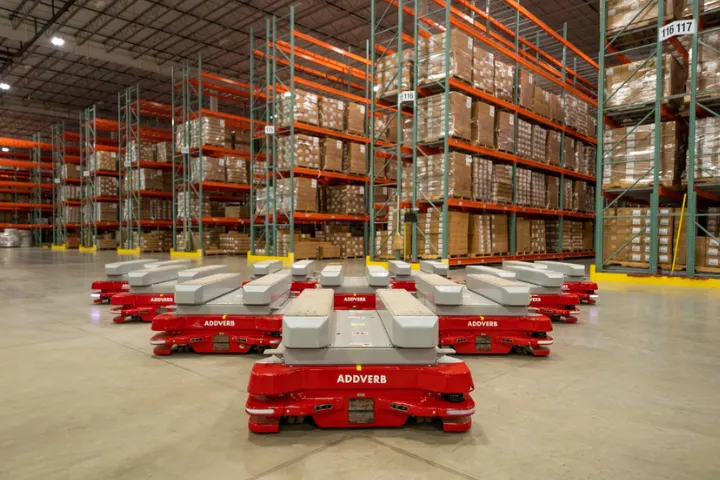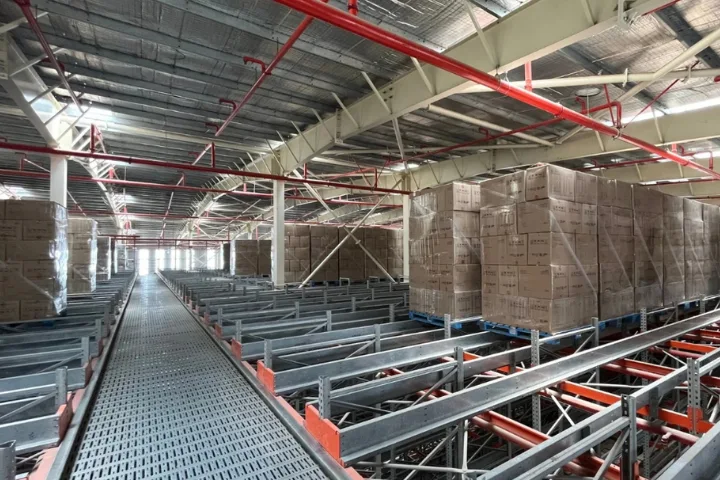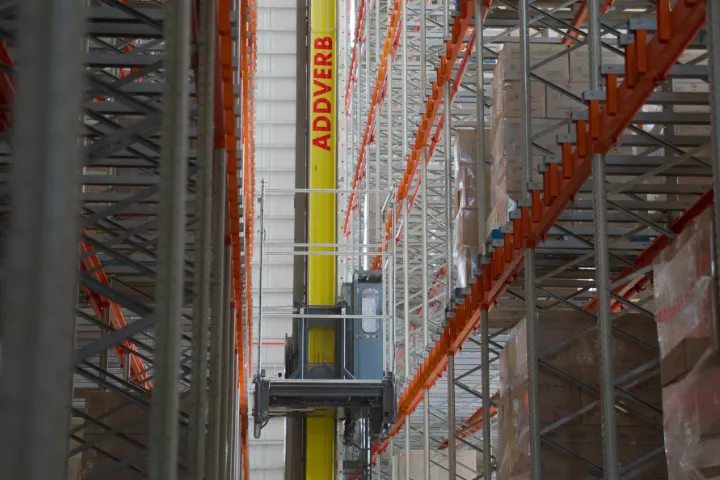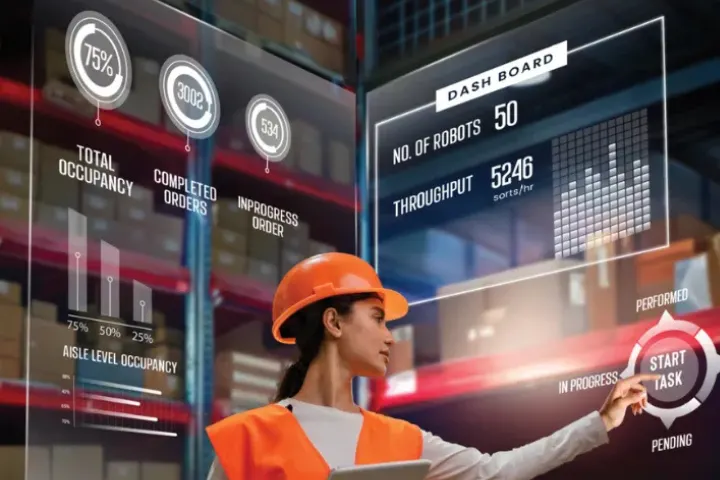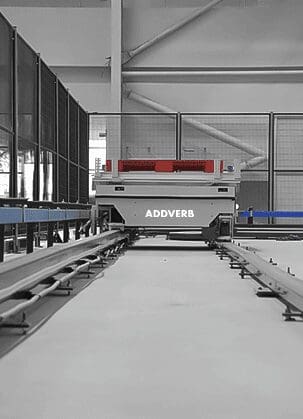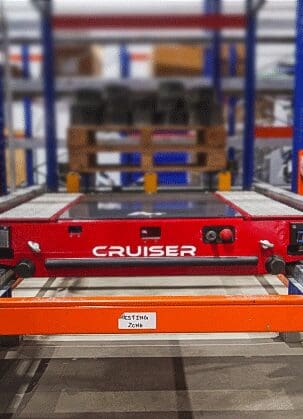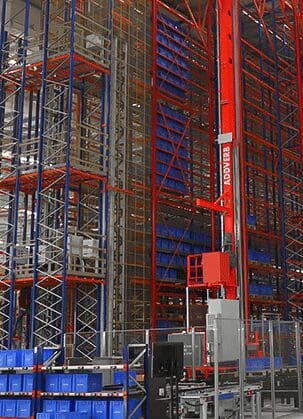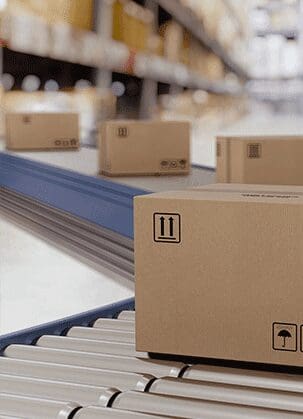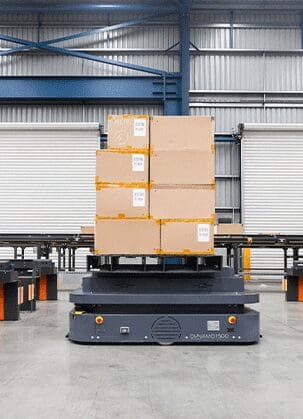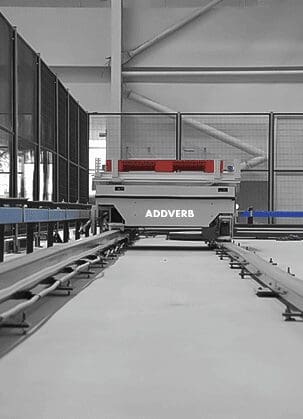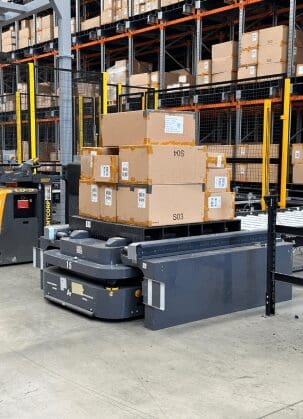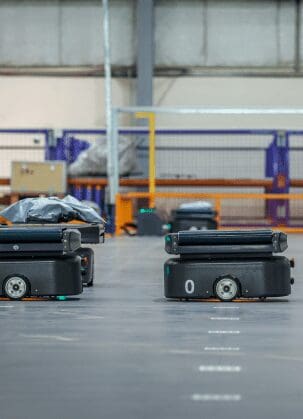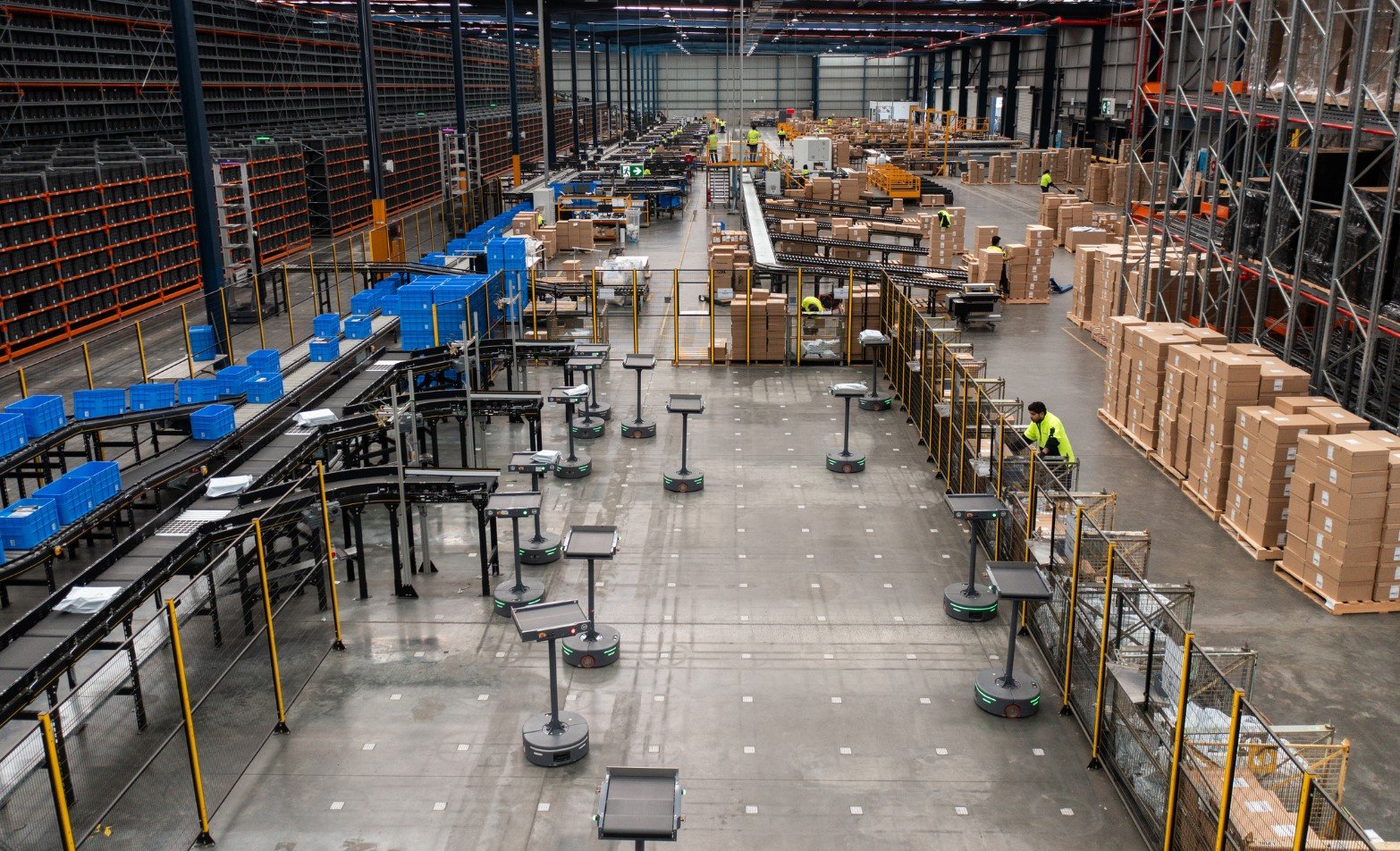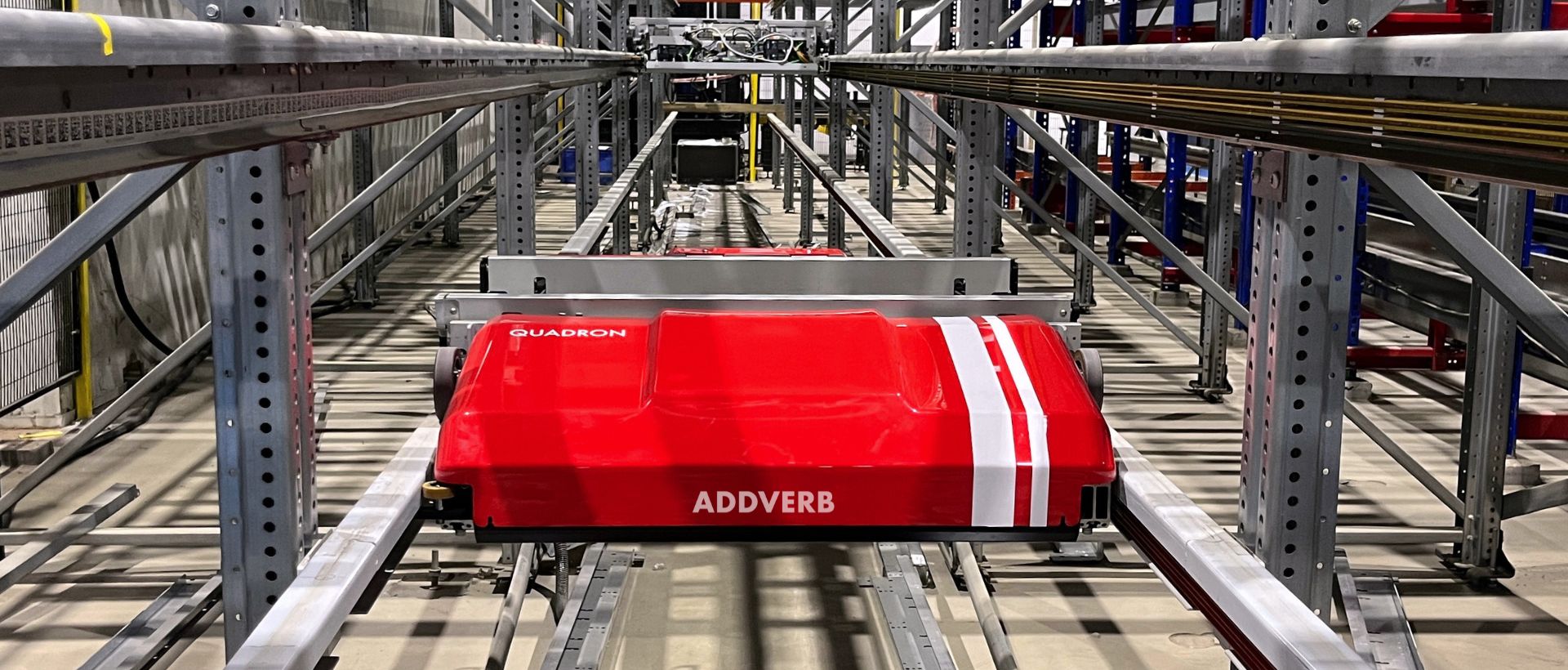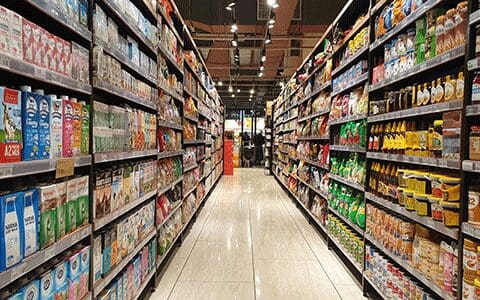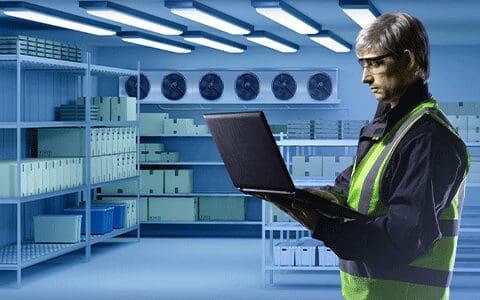
Preguntas frecuentes
-
What factors determine the cost of automating a chemical or petrochemical warehouse?
The cost depends on warehouse size, material type (flammable, corrosive, or temperature-sensitive), storage class, and safety compliance needs like ISO and ESD. Since chemical operations require strict segregation and hazard control, solutions are custom-engineered. For an exact cost estimate, please get in touch with our experts here.
-
How long does it take to implement warehouse automation for chemical facilities?
Timelines vary by facility layout, safety zoning, and the level of automation (storage, handling, or dispatch). Modular systems such as automated pallet shuttles or guided vehicles can be implemented in phases within months, ensuring compliance with safety standards and smooth integration with existing or new WMS systems.
-
Can automation handle hazardous, corrosive, or temperature-sensitive materials safely?
Yes. Addverb’s certified AMRs, explosion-proof conveyors, and temperature-controlled ASRS systems are designed for hazardous and sensitive chemicals. Our solutions maintain proper segregation, minimize human exposure, and ensure compliance with safety and environmental regulations.
-
How do Addverb solutions support segregation and compliance requirements?
Our warehouse control systems enable strict zoning for incompatible substances and track each material’s storage conditions. Real-time monitoring of temperature, humidity, and air quality ensures adherence to ISO, ESD, and local regulatory standards for safe and compliant operations.
-
Can automation improve traceability and inventory accuracy in chemical logistics?
Yes. Addverb’s WMS integrates with operations and labeling systems to provide real-time traceability from inbound raw materials to outbound dispatch. Each container or drum is barcoded/RFID-tagged for complete visibility, reducing errors, ensuring compliance, and supporting faster recalls when required.

